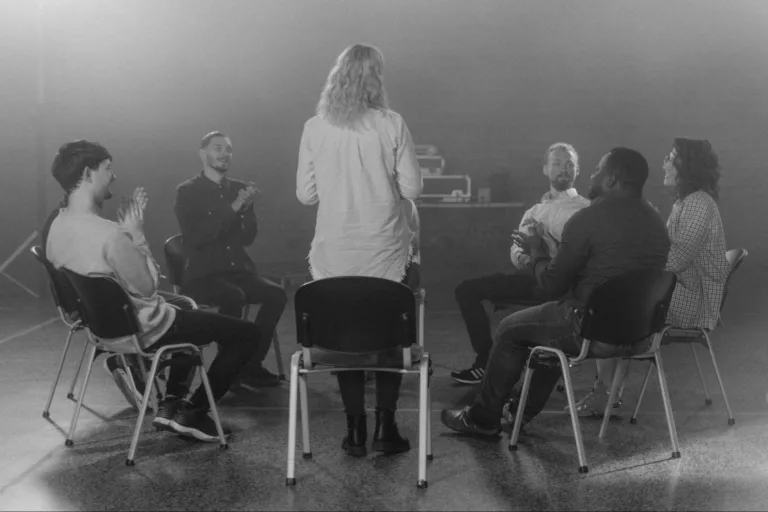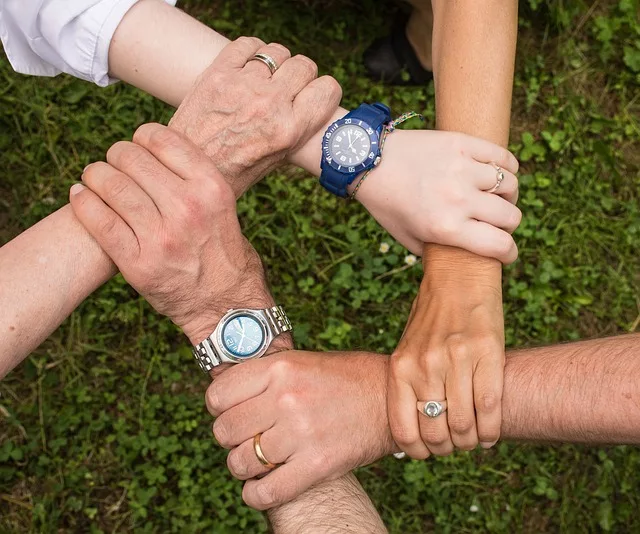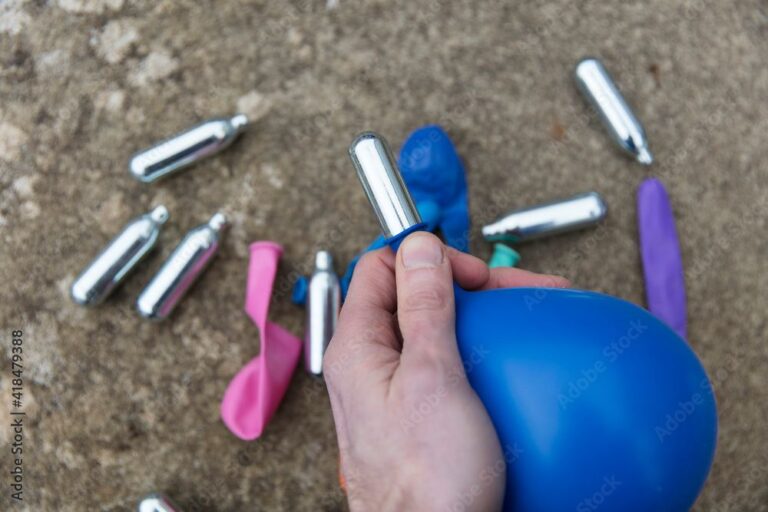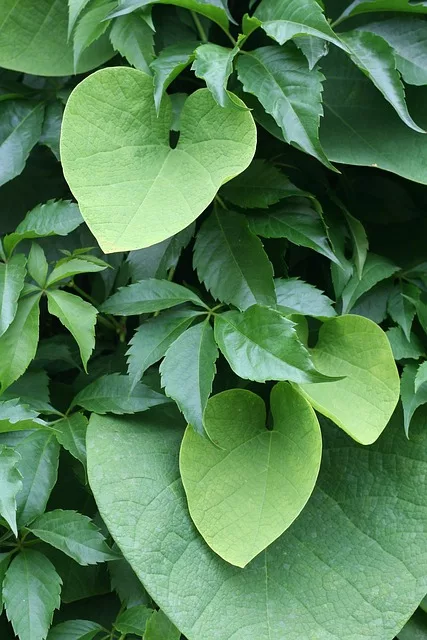August 31st is International Overdose Awareness Day, a time for people to share the story of someone they’ve lost to drugs and support others who are struggling because of a recent loss.
The day of awareness is entering its 20th consecutive year, having gotten its start in Melbourne, Australia, in 2001.
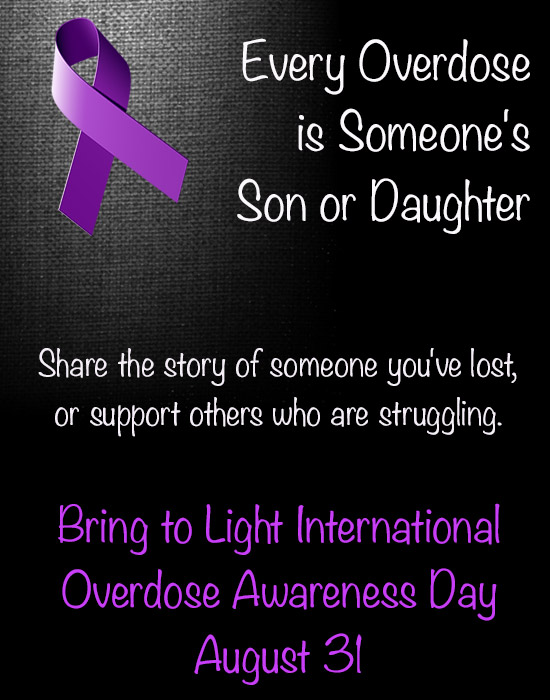
What is the Goal of Overdose Awareness Day?
The goal of International Overdose Awareness Day is for community members and civic leaders to speak out about the stigma surrounding drug-related deaths.
It’s also a time to promote available resources for grieving loved ones and raise awareness about how the public can help those still in the throes of addiction or at risk of a fatal overdose get the treatment they deserve.
The Overdose Awareness Day website has basic overdose information, links to resources, and a section to read or post tributes to remember those who died from an overdose.
A staggering number of Americans – an estimated 64,000 in 2016 alone, according to the Centers for Disease Control and Prevention – die as a result of a drug overdose. Of these fatalities, 66 percent of them, almost two-thirds, involve prescription opioids or heroin.
Another message of overdose awareness day is that drug deaths are preventable. Education is key. Understanding what to do in case of an overdose can mean the difference between a person’s life or death.
What to Do During an Opioid Overdose?
The most frequent type of overdose in recent years involves heroin and opioids. Some of the steps to take in case of an opioid overdose include the following:
- Call 911 immediately and, if possible, let first responders know what kind of opioid the person has taken
- Ensure the overdose victim’s airway is clear. Central nervous suppressants, such as opioids, suppress the cardiovascular system, making it difficult for the victim to breathe.
- If necessary, support breathing by tilting their head back, placing one hand on the chin, pinching their nose and administering two slow breaths mouth-to-mouth. The victim’s “chest” should rise, not their stomach. Follow-up breaths should be given every five seconds until first responders make it to the scene.
- Naloxone (Narcan) is a medication that reverses opioid overdoses and comes in a nasal spray or injection form. In “high-risk” areas with a lot of overdoses, an increasing number of community members carry the drug, such as these Philadelphia librarians. If it’s available and someone is trained in how to give the medication, it should be administered even before emergency workers arrive
Despite the federal government’s resistance, most healthcare professionals and experts agree that criminalizing addiction is not an effective solution.
Addiction is a chronic, relapsing disease in much the same way as diabetes, which people are not sent to jail for.
Harm Reduction and Overdose Resources
International overdose awareness day is the perfect opportunity to engage in constructive dialogues about how to help better those suffering from drug addiction.
The Harm Reduction Coalition is on the frontline of this cultural shift. They recognize the efforts of the White House and Congress, along with state and local lawmakers and officials, to respond to the prescription opioid and heroin crisis.
Their organization and others advocate for decriminalization, safe injection sites, needle exchanges and tools like drug-testing kits. These measures help prevent those using drugs from overdosing and spreading diseases like HIV and hepatitis C.
The Harm Reduction Coalition has a page about overdose awareness day with emergency response information for an opioid overdose.
Before August 31st, take some time to learn about policies and strategies that emphasize harm reduction, and take the opportunity to get involved in the community’s efforts on an international overdose awareness day.
Related:
MDMA Overdose Prevention and What To Do in an Emergency
Criminalizing Drug Overdoses For Inducing Panic? Really?
911 Good Samaritan Laws – Because Saving A Life Shouldn’t Get You Arrested
60 Minutes: A Crisis of Heroin Addiction In America
The Benefits of Medication Assisted Treatment Therapy

